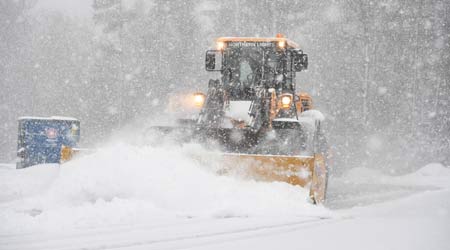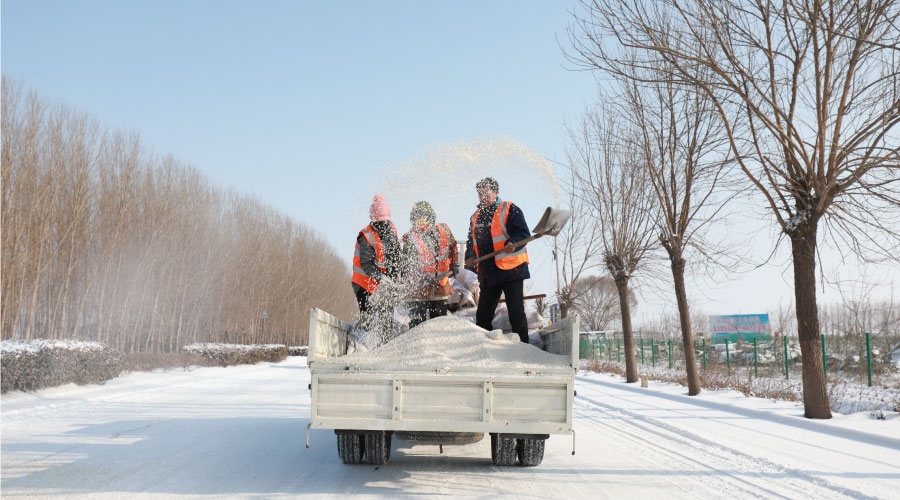Snow and Ice: Taking the Sting Out of Winter’s Worst
By addressing issues such as outsourcing, facility needs, levels of services now, managers can streamline responses to storms when winter comes
Face it: Snow is a pain. It is difficult to predict, and people affected by it do not care about the complexity that comes with managing it. As grounds managers and their departments bask in the glow of summer’s sun, winter is slowly barreling toward them.
No matter how positive a manager feels about the department’s snow management and planning process, success will depend on building on last year’s efforts. The key to getting a head start is to perform a thorough assessment of requirements and desired outcomes, as well as to understand the way they affect the budget.
Assessing requirements is a major undertaking, so let’s start with a three-part checklist, keep in mind this can be done whether the organization handles snow and ice management in-house, uses contractors, or employs both. The process can even help managers make the decision when to outsource more effectively over time.
Level of service
The first step is to assess and understand the items to consider related to the outcomes and expectations a manager desires during and after winter weather occurs, which is referred to as level of service (LOS). Managers need a description of the expected outcomes from the completed performance of snow and ice management services, including expectations for surface conditions in different scenarios.
Avoid using phrases such as, “no snow or ice” or “zero tolerance,” since that level of expectation is unachievable. Work through the LOS requirements with the leadership team so they are on board with expectations, and consider these items when outlining the LOS:
• �clearly defined outcomes from snow services, such as sidewalks cleared or 80 percent parking spaces accessible
• �definitions of accumulation triggers or thresholds, including when does the work commence and how much accumulation is acceptable in a given period
• �extreme winter scenarios, such as major snow storms and ice storms
• �completion times outlined for various scenarios, including general, loading dock deliveries and high-traffic times
• �priorities identified and documented on site engineering plans and maps
• �outlines of post-storm requirements, which can include hauling, stacking, mechanical melting, and roof shoveling
• �decision-making power for additional services defined — if more resources are needed, who has authority.
Alignment in these areas is critical and will help managers determine the amount of capacity needed to meet the level of service, either in the form of more labor and equipment investments or in outsourcing the work to professional snow contractors.
Related Topics:














